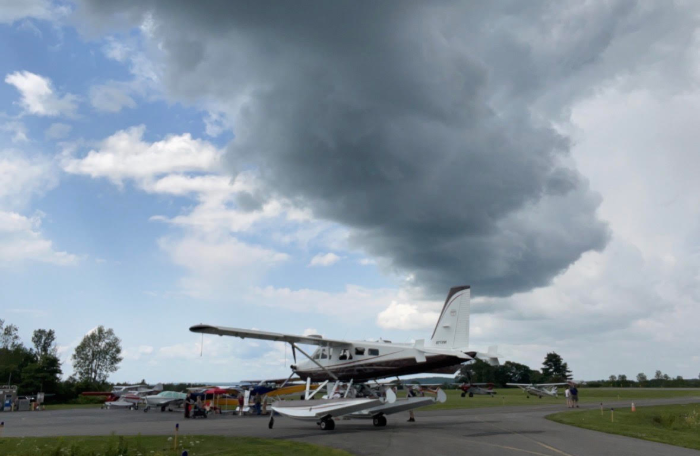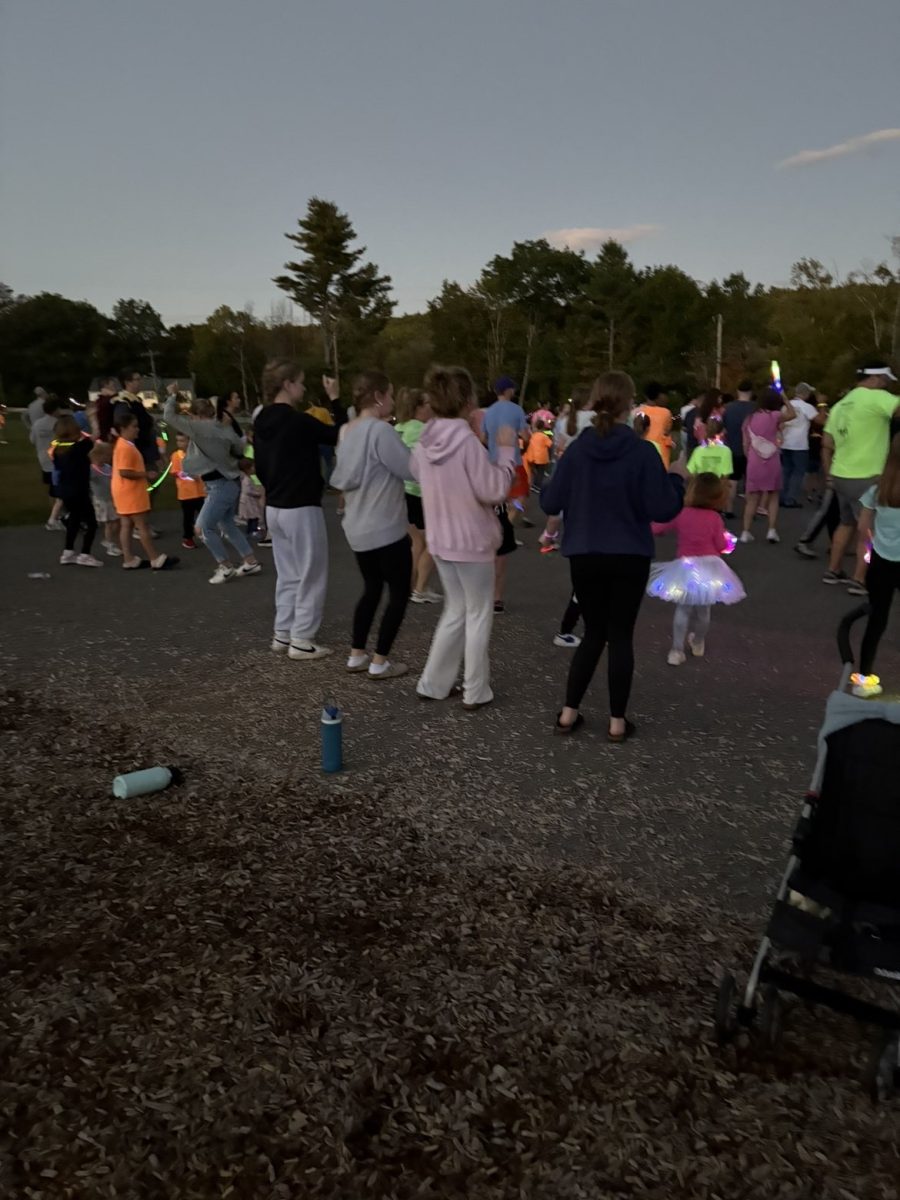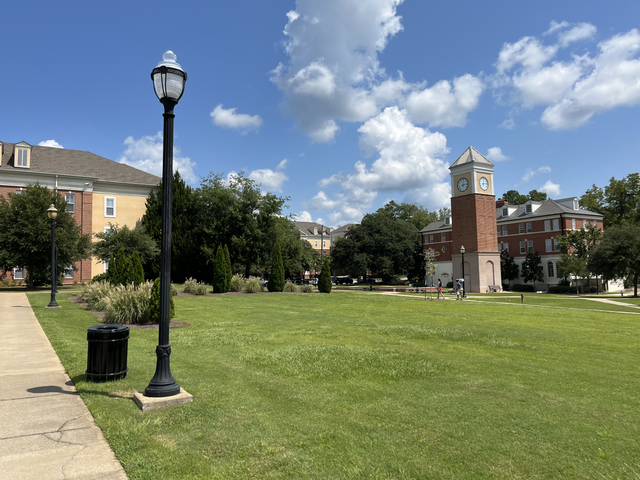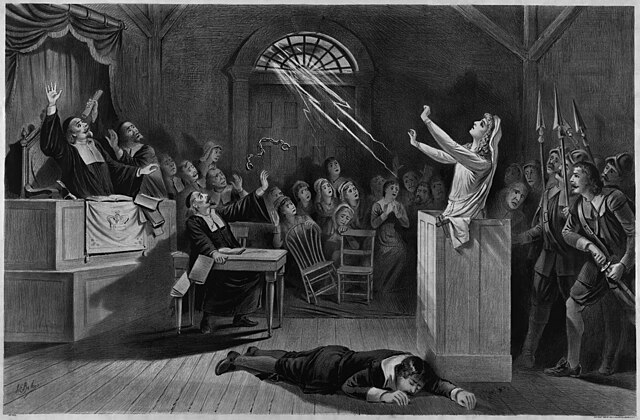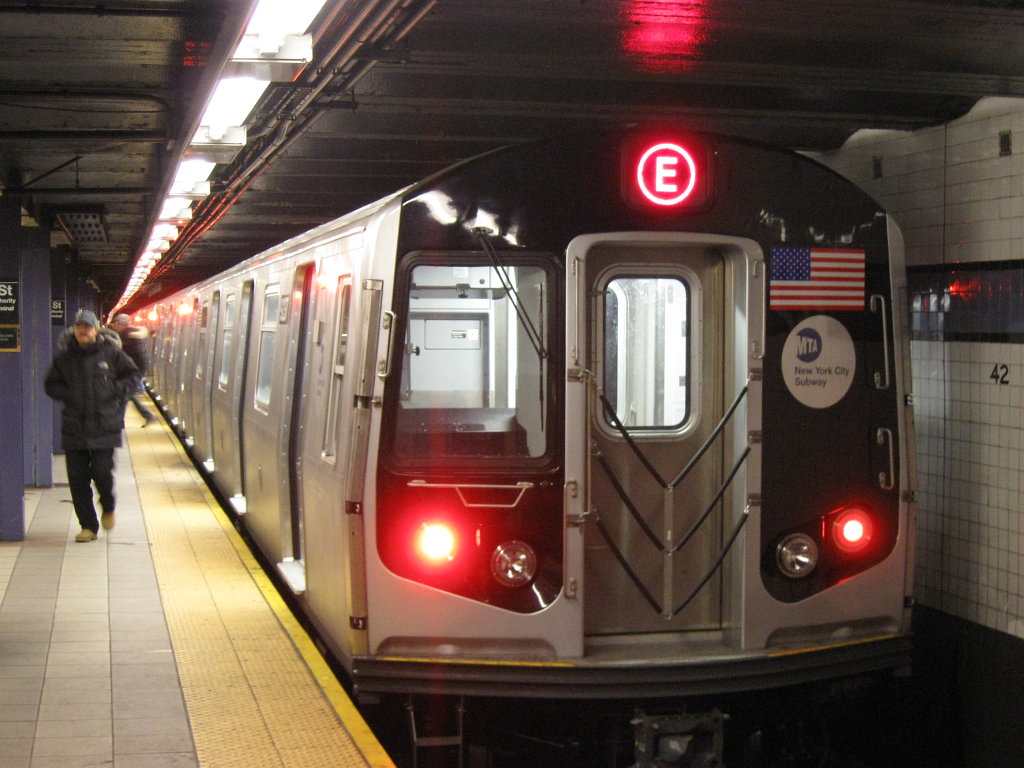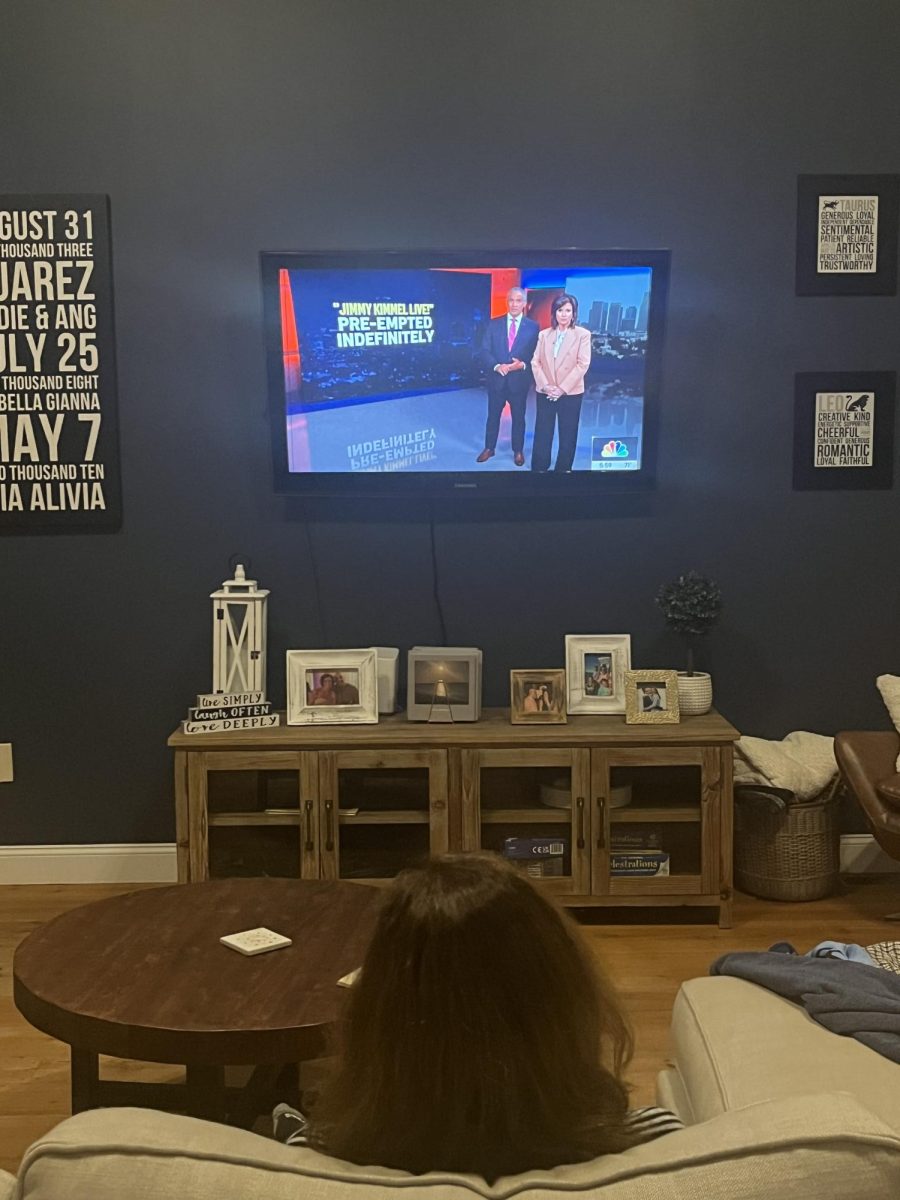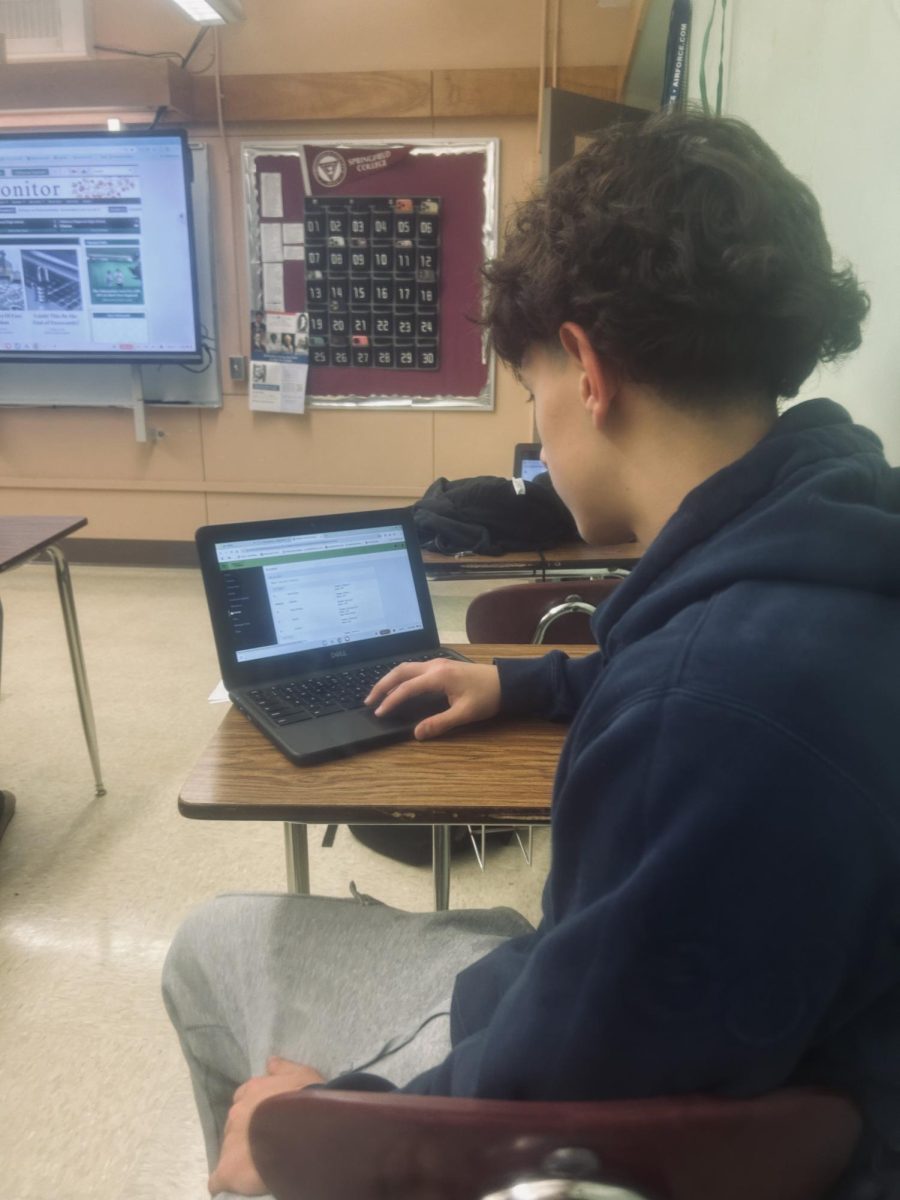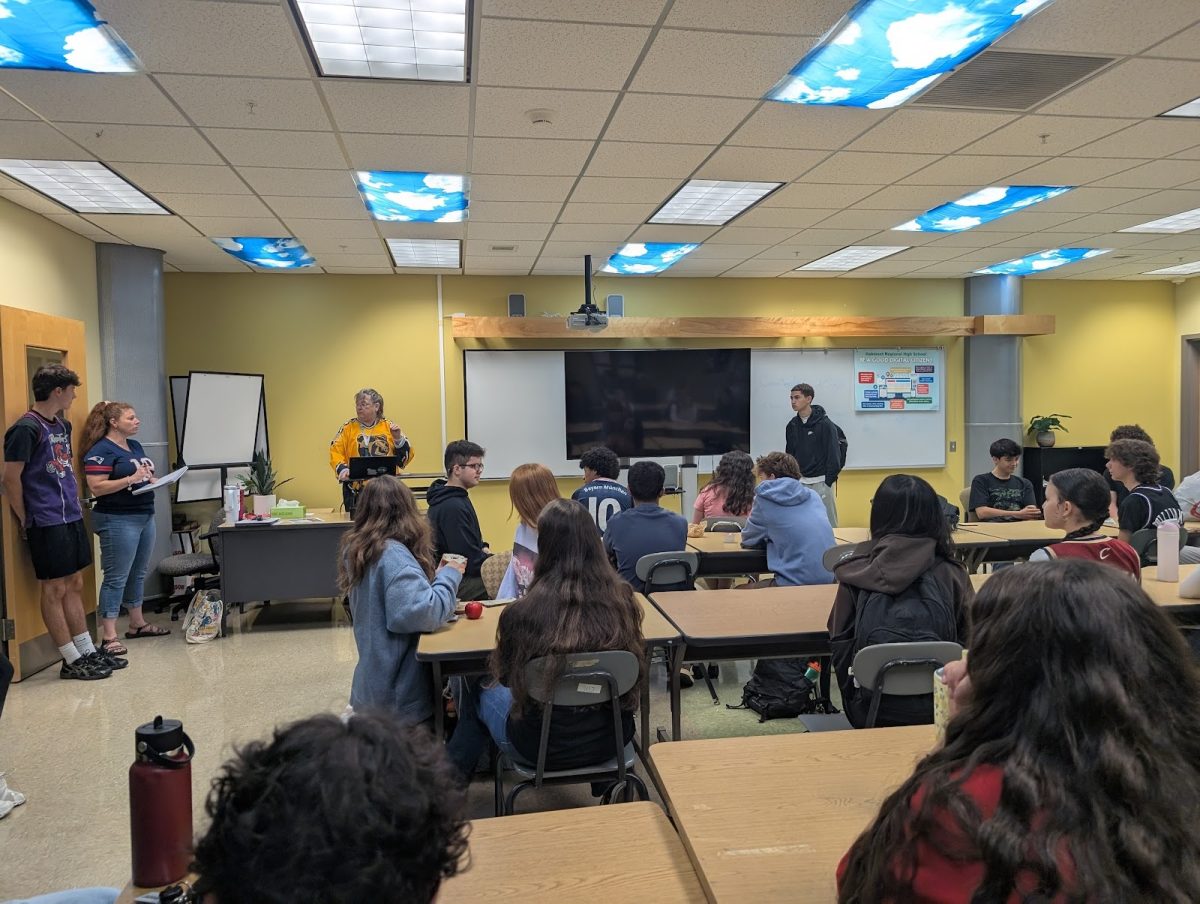On Monday morning, a couple was killed in a fiery plane crash on I-95, which leads to questions regarding the training and regulations that come with small private aircraft—are they really safe?
On October 13th, a small aircraft piloted by Thomas Perkins was making its way back to New Bedford Regional Airport when the aircraft began experiencing mechanical problems, along with extreme weather conditions. While attempting to make an emergency landing on I-195, the plane crashed—tragically killing 68-year-old Thomas Perkins and his wife, 66-year-old Agatha Perkins.
The I-195 plane crash’s definite cause is still being determined, but investigators suspect that it was caused by a mix of mechanical issues and the extreme weather conditions on October 13th.“The first nor’easter of the season hit the northeastern United States from October 12 to October 13, bringing heavy rain and strong winds to the coast and western Massachusetts. The storm prompted advisories and warnings along the coast for flooding and high winds, with wind gusts reaching up to 40 mph in some areas.” says 22 News.
Small planes tend to be more vulnerable to extreme weather conditions, as they have less mass and surface area, making them more susceptible to strong wind gusts and air currents. Pilot Institute says, “When strong winds blow, the risks increase for light aircraft operations. One of the main causes of light aircraft accidents is loss of directional control during takeoff and landing in windy conditions.”
There are significantly more crashes from small aircraft coming from private airports rather than at commercial airports. According to Velente law firm, “Commercial planes had an accident rate of 0.2 crashes for each 100,000 hours in the air. Small planes had 5.6 crashes for every 100,000 hours, giving them an accident rate that is more than 25 times as high as you’d find with commercial airliners.”
The increased number of crashes coming from private airports could have to do with the lighter safety regulations and restrictions on private aircraft. For example, according to Element Aviation, commercial airlines require the pilots to have recurrent training and a simulator every 6-12 months, while private aircraft have no mandatory recurrent training. Private aircraft also are not required to have emergency procedure training, while commercial aircraft are required to have extensive emergency training procedures regularly.
According to the CNN analysis, “An analysis of government data by CNN in June found just five deaths on scheduled commercial flights in the United States since 2010. Compare that with 300 deaths in on-demand flights and 5,500 deaths in other general aviation flights over roughly the same time period.” Commercial airlines are required to perform extensive safety checks before each flight. While small private aircraft perform safety checks as well, sometimes they aren’t checked as thoroughly as commercial airlines.



